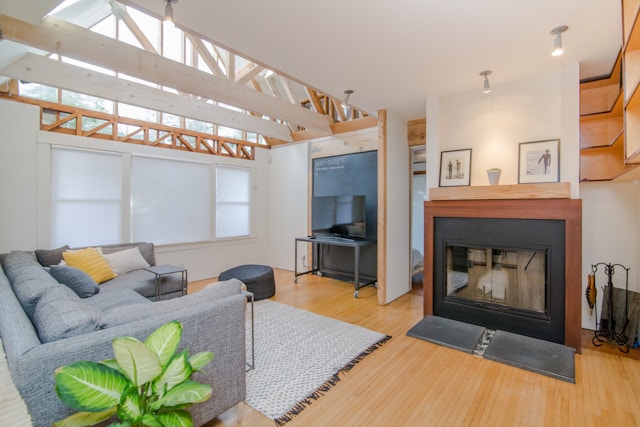Creating an environment that caters to the needs of seniors is not just important—it’s essential. With the world’s population rapidly aging, the demand for accessible senior housing has become a pressing concern for community planners and developers alike. This blog post explores the critical role accessibility plays in transforming senior housing for optimal living.
Understanding the Needs of an Aging Population
The global demographic landscape is changing dramatically. By 2050, it’s projected that the number of people aged 60 and above will double. This shift necessitates a reevaluation of how housing is designed and developed. Seniors often face mobility issues, vision impairment, and reduced physical strength. These challenges require thoughtful design solutions that ensure safety and comfort. Recognizing these needs can help the housing industry meet the demand for suitable living spaces.
The Benefits of Accessible Senior Housing
When senior housing is designed with accessibility in mind, the advantages are manifold. For residents, it means greater independence, safety, and quality of life. Features such as ramps, wide doorways, and grab bars facilitate easier movement and reduce the risk of falls. For providers, accessible properties are not only ethically sound but also economically beneficial. They attract a broader range of tenants, reduce liability risks, and often qualify for tax incentives.
Key Features of Accessible Senior Housing
Accessible senior housing is characterized by several essential features that cater to the unique needs of older adults.
Mobility-Friendly Design
Mobility is a primary concern for seniors, making it vital to incorporate barrier-free designs. This includes level flooring, handrails, and wheelchair-accessible bathrooms. Implementing smart layout strategies like open floor plans can also enhance movement and make spaces feel more welcoming.
Elevators and Lifts
Multistory buildings should prioritize the installation of elevators or retrofit existing structures with lifts. These technologies enhance convenience and safety, particularly for individuals with limited mobility. They also enable seniors to access all areas of their homes independently. To ensure safety and compliance, it’s essential to hire professional home elevator installers, such as those in Salt Lake City, UT.
Cutting-Edge Technology
Integrating technology into senior housing can vastly improve living conditions. Smart home devices, emergency response systems, and user-friendly appliances can empower seniors to live independently. These technologies can also provide peace of mind to family members, knowing their loved ones have access to help when needed.
Community Services
Offering community services within senior housing developments is crucial. On-site healthcare facilities, social activities, and transportation services can make daily life easier and help prevent isolation. Creating opportunities for social interaction also enhances mental health and well-being.
Practical Tips for Developers and Community Planners
Developers and community planners play a pivotal role in shaping the future of senior housing. Here are some practical tips to foster accessibility:
New Projects vs. Retrofits
For new projects, incorporating accessibility from the outset is cost-effective and ensures compliance with regulations. For existing structures, retrofitting may be necessary. This can involve widening doorways, installing grab bars, and updating lighting. It’s essential to assess the specific needs of the residents to determine which modifications will be most beneficial.
Partner with Experts
Collaborating with occupational therapists and design professionals who specialize in accessibility can lead to more effective solutions. These experts can provide insights into the latest best practices and help ensure that designs meet the needs of seniors.
Engage the Community
Involving seniors in the planning process can lead to better outcomes. Seeking input from potential residents and their families helps tailor developments to their preferences and needs. This engagement can also build trust and foster a sense of community ownership.
Future Trends in Senior Housing Accessibility
The senior housing industry is continually evolving to meet the needs of an aging population. Future trends include:
Smart Home Integration
The rise of smart technology is revolutionizing how seniors interact with their environment. Voice-activated devices, automated lighting, and smart thermostats can simplify daily tasks and enhance safety for seniors.
Sustainable Design
Sustainability is becoming increasingly important in housing development. Green building materials and energy-efficient systems not only benefit the environment but also reduce utility costs for residents.
Personalized Living Spaces
Customization is key in senior housing. Offering adaptable living spaces that can be modified to meet changing needs ensures longevity and satisfaction among residents.
Conclusion
Transforming senior housing through accessibility is not just a trend—it’s a necessity. By understanding the needs of an aging population and implementing thoughtful design features, we can create environments that support independence and enhance quality of life. Developers, planners, and communities must work together to seize the opportunities for growth and innovation in this sector. With the right approach, we can redefine what it means to age gracefully, ensuring that everyone can enjoy their golden years in comfort and dignity.




Be First to Comment